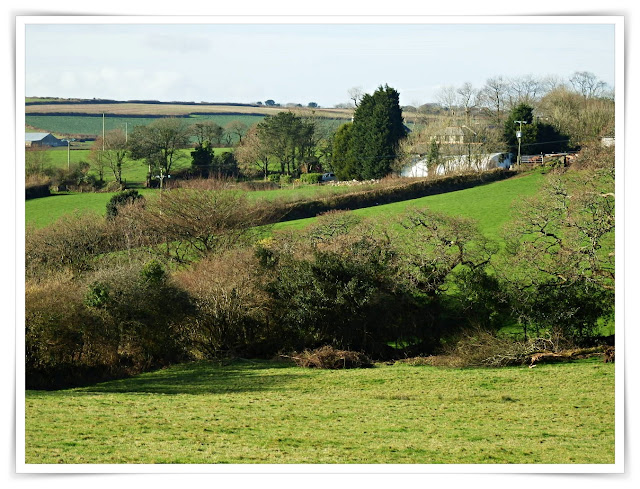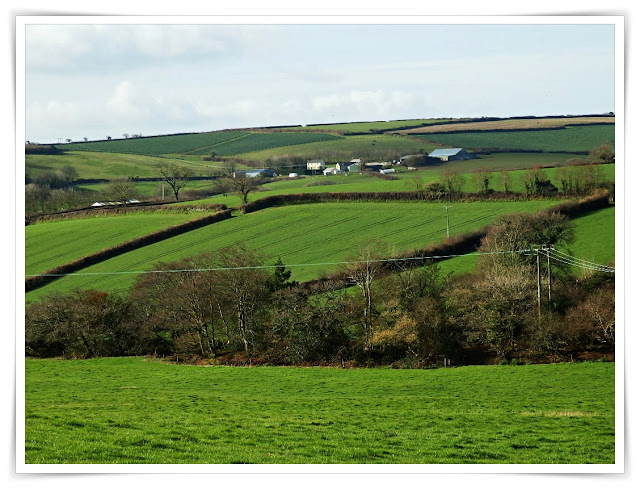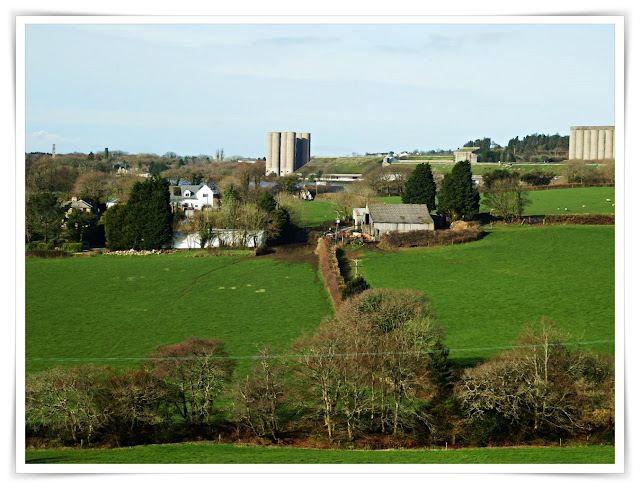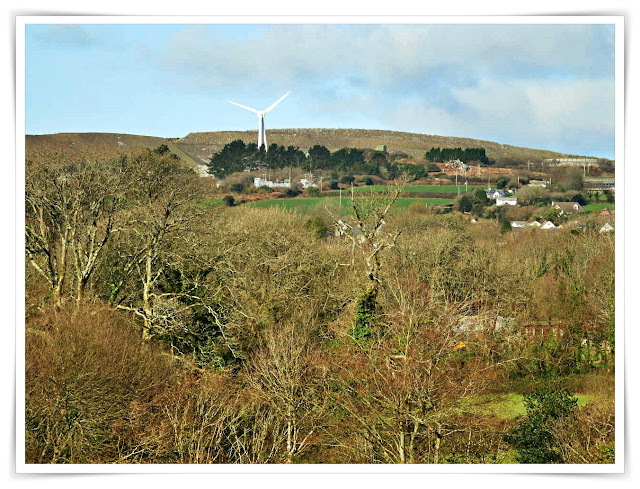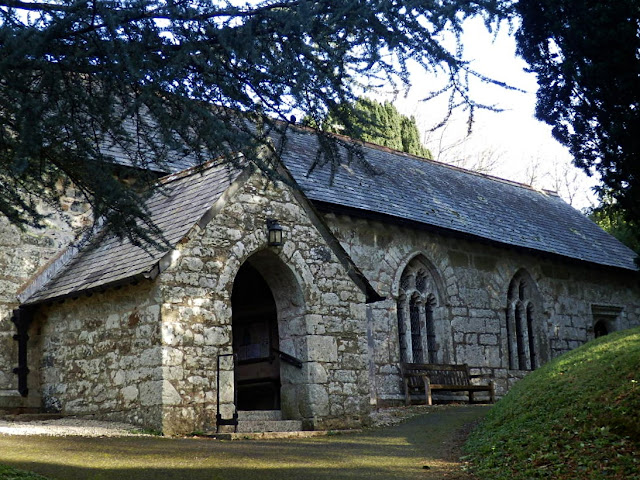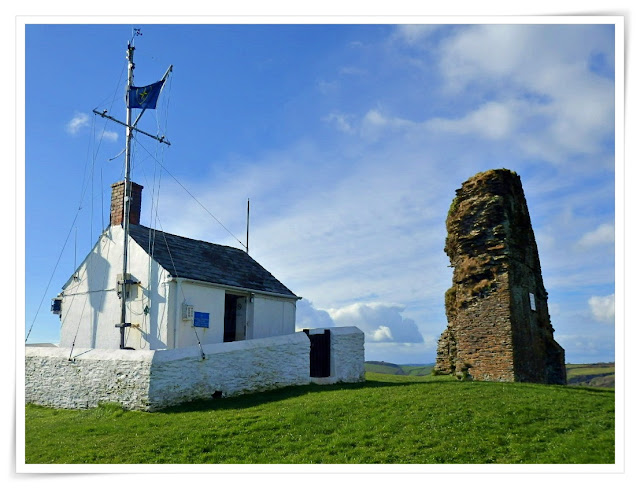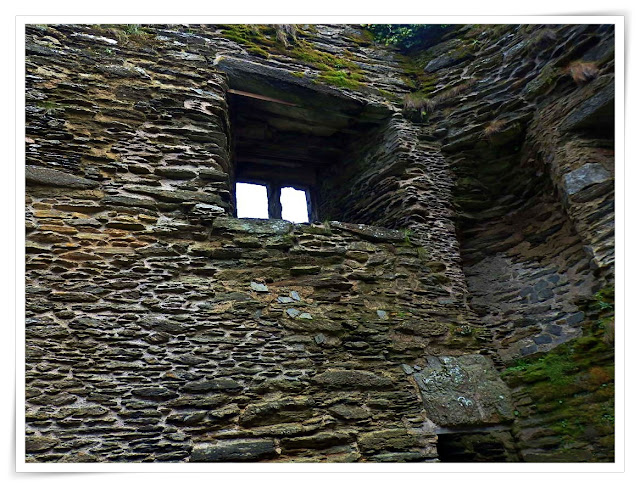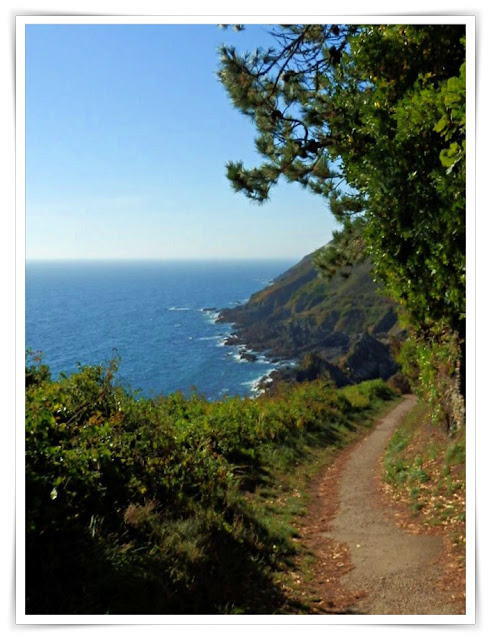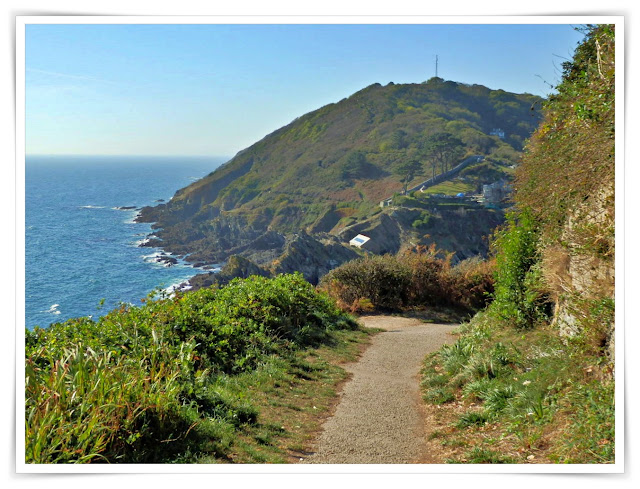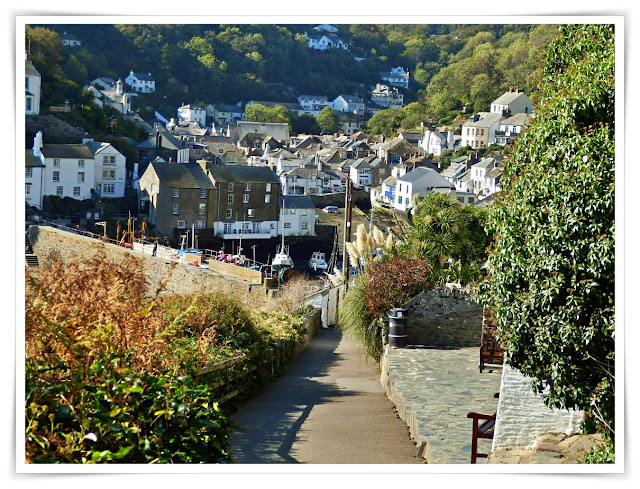 |
| Lostwithiel, Cornwall circa 1908 |
Lostwithiel was once the capital of Cornwall. The name is derived from the Cornish Language word lostwydhyel which means a tail of a wooded area.
While there I wanted to compare an old photo of the town with how it looks nowadays. But, oh dear, I forgot to take the old 1908 photo with me!
I still clicked a few photos trying to remember the old photo. When I got home I compared my efforts and was quite pleased that my memory had served me reasonably well.
The photo above is from 1908 and below are photos I snapped. Though the angle is different I did manage to get the exact same buildings. The two houses on the left are now retail outlets, otherwise much is the same as it was - other than the people.
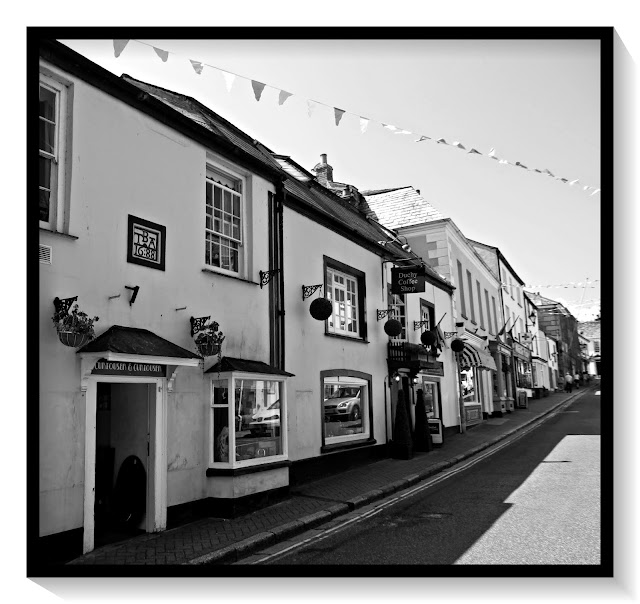 |
| Lostwithiel, Cornwall Today |
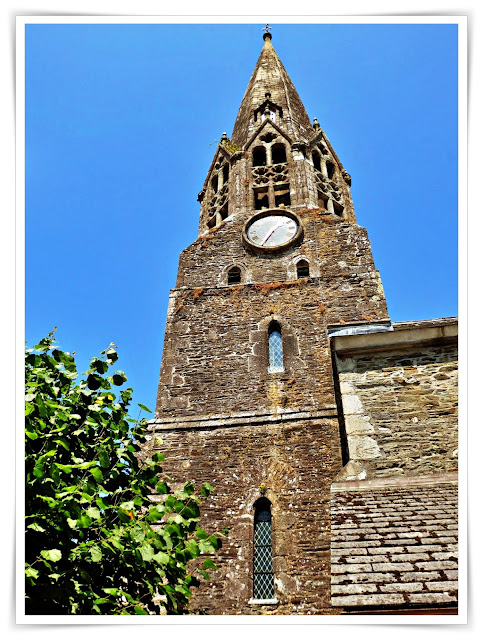 |
| At, Bartholomew's Church, Lostwithiel |
The spire is made of Cornish Pentewan stone and was added in the 14th century. As for the clock, the heavy weights that drive it have to be wound up by hand every day.
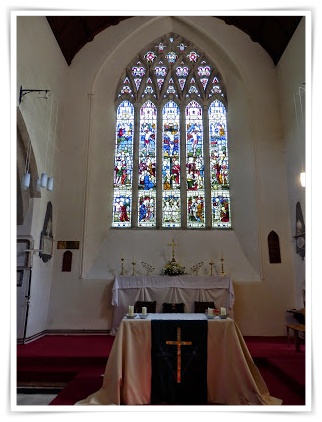 |
| Inside St Bartholomew's Church, Lostwithiel |
Other similar Posts:
